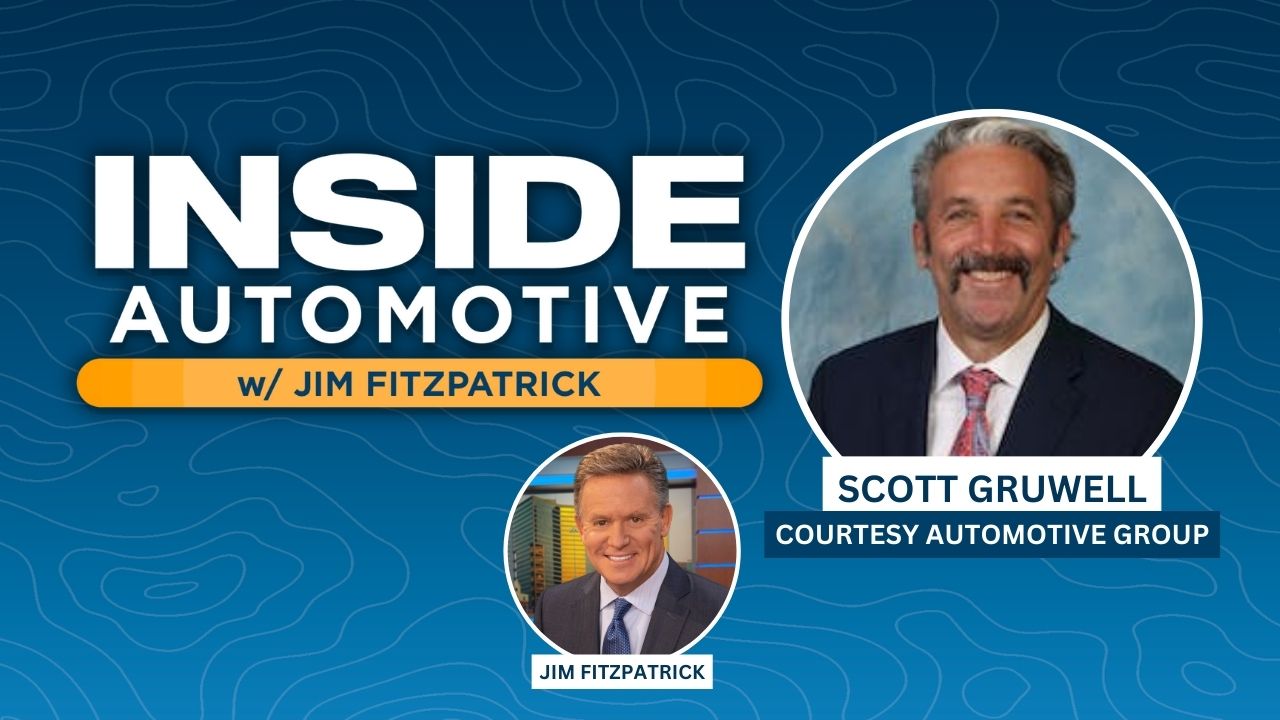Automotive powerhouse Ken Garff Automotive Group, number nine of the top 150 dealership groups, recently expanded its portfolio on the islands of Hawaii. On this edition of Inside Automotive, we’re joined by the CEO of Ken Garff Automotive Group, Brett Hopkins, to tell us more about this acquisition and the state of his operations today.
Hawaii
With 90 years in the business, the Ken Garff Automotive Group finally acquired stores in Hawaii. The groups’ acquisition occurred roughly a week before the fast-spreading devastating wildfires on the island of Maui, and destroyed most of the historic town of Lahaina. It’s important to note that all employees and dealerships are safe and helping with relief efforts. Ken Garff Automotive Group has an annual retreat they do in Hawaii for its staff and family; Hopkins says, “It’s a fun place to do business and a way to merge the mainland culture with the island culture.”
Operations
As things in the industry move forward, it’s different from how it used to be. Asserting that inventory is beginning to rise from historic industry lows is excellent news for giving customers and employees more choices. However, Hopkins argues, “Our grosses have softened by inventory returning, but it’s still a nice place to be.” He continues, “The industry has enjoyed not having to discount at all over the past few years. But, the silver lining of not having inventory is that people were holding onto their vehicles longer and needed to service them.” The Ken Garff Automotive Groups’ fixed ops had a great year, up almost 20%; the challenge they face now is hiring technicians.
Hopkins, on the other hand, thinks the franchise system is secure. He claims that “dealerships will remain the same despite OEMs threatening the franchise system by selling to customers directly.” Hopkins also appreciates that customers still rank the salesperson as the most crucial element of the purchasing process. Hopkins implies, “We think there will always be a need for us in the transaction process.” Ultimately, the economy is defying gravity since demand is still robust and hasn’t decreased despite the recent and ongoing volatility it has experienced.


 Watch now:
Watch now: 